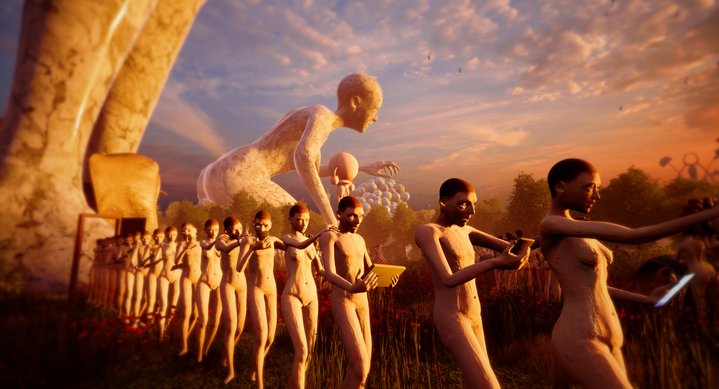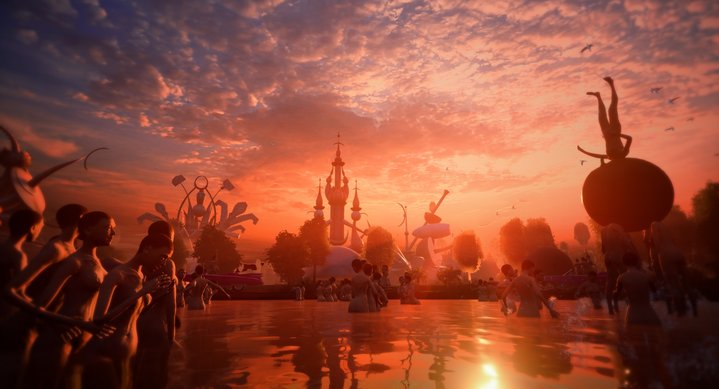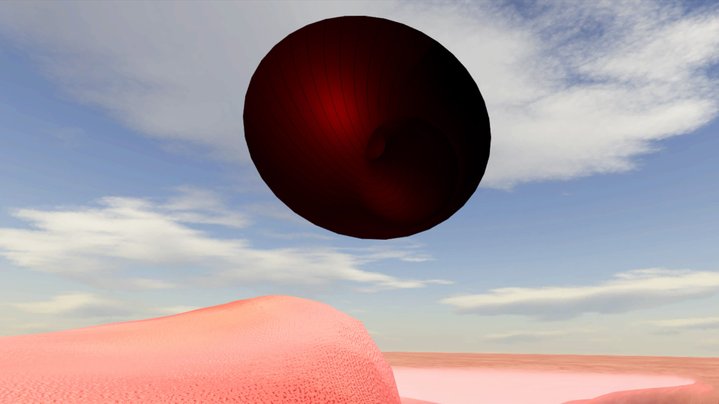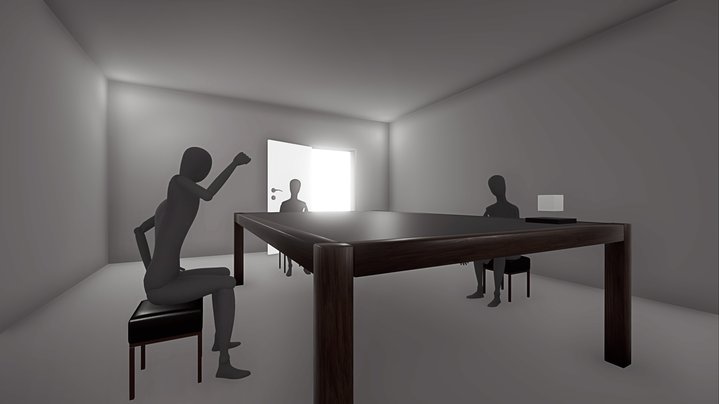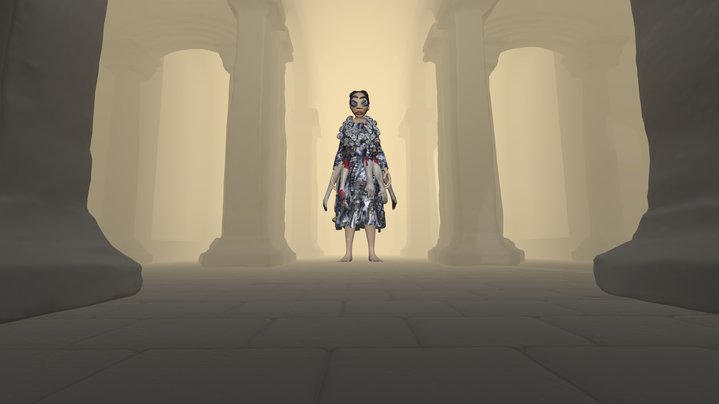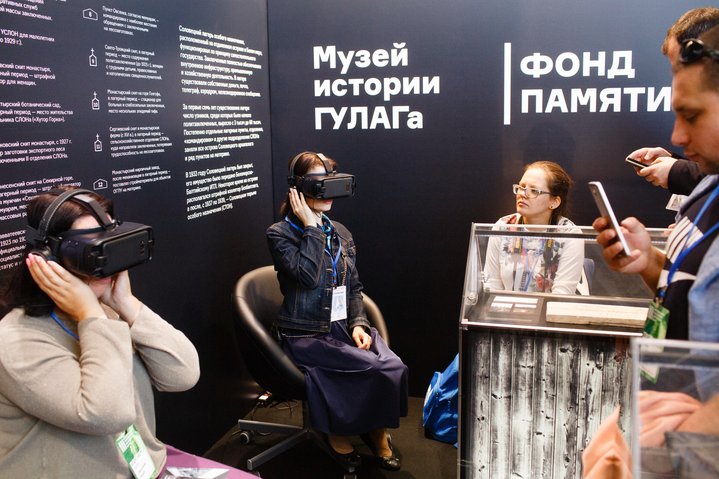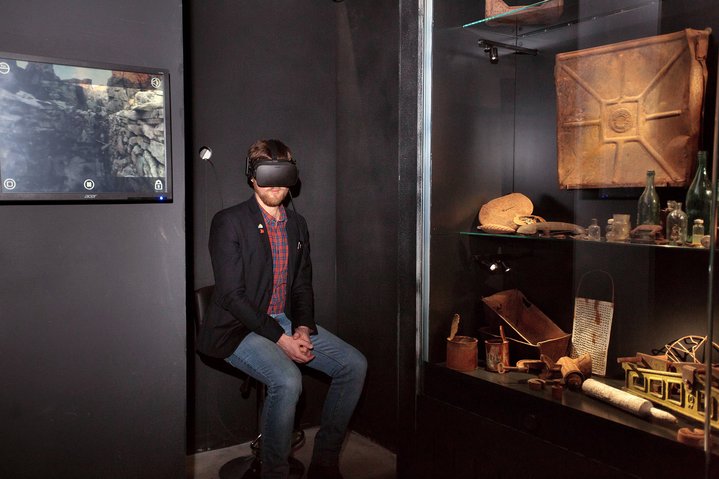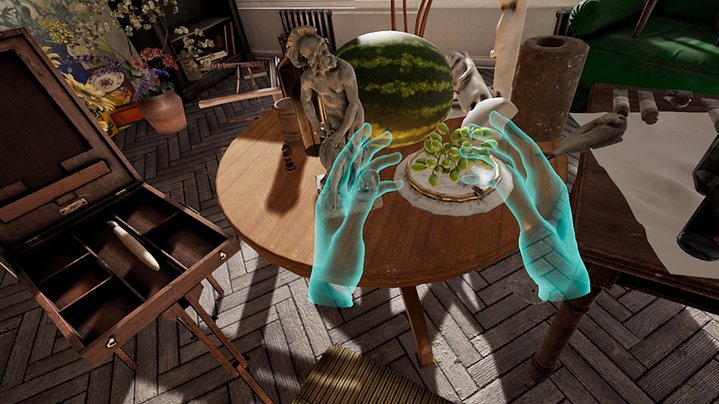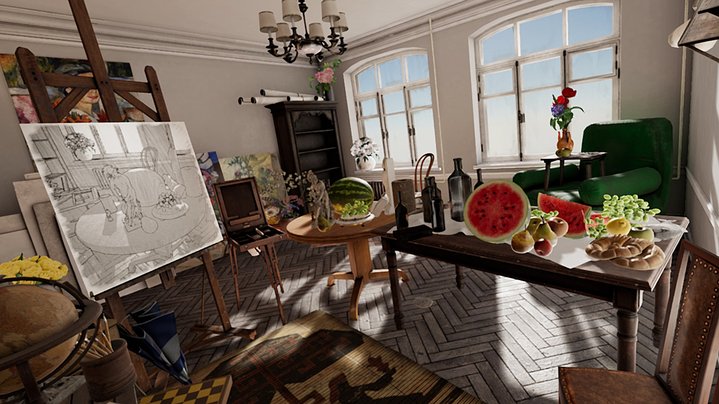Moscow museums go virtual
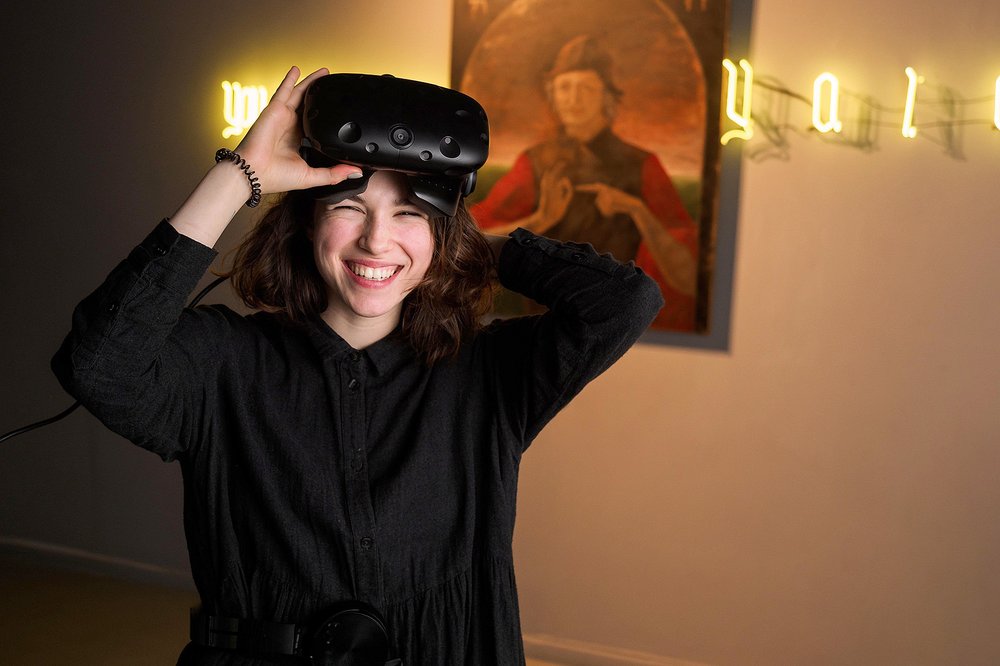
State and private institutions, ranging from the State Tretyakov Gallery to the GULAG History Museum, are opening new dimensions for their visitors through virtual reality.
In her 1926 essay The Movies and Reality, Virginia Woolf described the moment when a cinema screen malfunctioned. Instead of a film, all she saw were black streaks wiggling across a screen. That strange occurrence elicited an epiphany: “a shadow at a certain moment,” she wrote, “can suggest so much more than the actual gestures and words of men and women.”
Almost a century later, the radical potential that Woolf saw in cinema is surfacing once again, but this time in three dimensions. Virtual reality (VR) and immersive computer-generated simulations are now part of the Moscow cultural scene.
Russian Art Focus shines a spotlight on four museums pioneering the new technology. They all adopt distinct approaches, but the most successful are those which, as Woolf’s reaction suggested, engage the emotions first, and only later tackle the intellect.
M’ARS
Founded in 1988 by a group of artists, M’ARS was the first private gallery to open in Russia during the Soviet period. Since then, it has lived up to its ground-breaking origins as one of the world’s first museums to pioneer VR art projects. From this spring until the beginning of December, the gallery will host four such immersive experiences.
“YOLO: You Only Live Once” (a combined work by Narratex & M’ARS) is based on the surreal religious paintings of Hieronymus Bosch; “Psychosis” (AES+F & M’ARS) is derived from the eponymous play by Britain’s Sarah Kane; “I Am Excitement and Suspense” (M’ARS) offers a journey of philosophical and ethical self-discovery while "The Kessler Effect" (M’ARS & Impulse Machine) offers a sci-fi movie in which the visitor becomes the protagonist. All artworks are on view until December 2019.
All these projects require visitors to don special glasses and, in some cases, use joysticks and motion sensors. The most effective are, undoubtedly, “You Only Live Once” and “Psychosis.” While a painting may be viewed at a critical distance, VR only allows total penetration of the artist’s mind. Bosch’s journey from heaven to hell uses only music and images to simultaneously inspire both wonder and terror. Similarly, “Psychosis,” AES+F’s development of the scenery they created for the Stanislavsky Electrotheatre’s production of Kane’s play, plunges viewers into the world of a psychiatric patient, allowing them to experience the disturbing potential of the mind.
M’ARS Center of Contemporary Art
Multimedia Art Museum
While M’ARS’s exhibitions were site-specific and domestically designed, the Multimedia Art Museum’s “VR: The New Laws of Art” exhibition (30 May – 16 June), part of the BEAT Film Festival, featured works by renowned international artists, including Anish Kapoor (“Into Yourself, Fall”) Marina Abramović (“Rising”) Nathalie Djurberg & Hans Berg (“It Will End in Stars”), and Louisa Clement (“Aporias”).
When it comes to VR, Moscow is riding an ever-swelling wave. “The virtual reality experience,” according to curator Lisaveta Sivakova, “is one of the main mediums and directions in which art is evolving right now.” At M’ARS, the viewer embarks on each journey alone; at MMAM, the experience is far more collective. All the VR experiences take place within a single dimly lit space, and only a handful of visitors at a time can participate. Kapur’s work is the undisputed star of the show. M'ARS’s Bosch was surreal, but still drew on recognisable images. Kapur, however, uses only abstract shapes and the sole narrative is the emotional journey that takes place in the viewer. A sphere can elicit euphoria; a pyramid – anxiety. Of all of the experiences mentioned in this article, it is this one which comes closest to Woolf’s vision of a symbiosis between shape and our most primal emotions.
Multimedia Art Museum
GULAG Museum
The GULAG History Museum merits attention for its integration of VR into its permanent collection. Ivan Bichenko, its Head of Multimedia Technology, was keen to stress that VR was part of the plans for the museum’s new incarnation “from the very beginning.” The five-minute virtual tour, he stresses, is “fully rooted in its context. It wouldn’t work anywhere else.” In this instance, VR supports the museum’s pedagogical goal: educating the public about the horrors of the Soviet penal system. Created by director Roman Romanov during an expedition to a former GULAG camp, the VR experience here is less focused on the internal life than what M’ARS and MAMM offer. Instead, it confronts the viewer with the material reality of Russia’s past. When asked whether more Russian museums would integrate the technology into their permanent collections, Bichenko was circumspect. “VR should not be everywhere…less is more.”
GULAG Museum
State Tretyakov Gallery
In June 2018, the State Tretyakov Gallery, together with the VRTech Group, launched its first VR exhibition, “Goncharova & Malevich: In Three Dimensions” (5 June 2018 – 20 December 2019). This allows visitors to create paintings in those artists’ respective styles.
Since then, VR experiences featuring the works of Norwegian expressionist Edvard Munch (1863–1944) and Russian landscape painter Ivan Shishkin (1832–1898) have been added.
That museum’s Director, Zelfira Tregulova, favours restraint in the technology’s use. It is a “very delicate thing,” she told Russian Art Focus.
“You should think twice or three times before introducing virtual reality or virtual technology in exhibitions.” She only did so on condition it would help visitors understand the art.
To the uninformed eye, Suprematism is one of the most inaccessible art forms. Without a history lesson, it is hard to know that a few simple shapes represent a revolutionary break from realism. Yet when one puts on the glasses and sets foot into the studio of Malevich (1879–1935), this break becomes fully apparent. In that of Natalia Goncharova (1881–1962), viewers quietly conjure still lifes with a brush while in the studio of Kazimir Malevich (1879–1935), visitors literally hurl objects at a canvas and those objects take on Suprematist shapes. The sensation is exhilarating, transforming the style from something abstract and two dimensional into a kinetic experience.
State Tretyakov Gallery
TOWARDS A VIRTUAL FUTURE
In the museum technology race, Western institutions lag behind their Russian counterparts. London’s main foray into the world of VR was Somerset House’s hosting of Björk Digital, created by the eponymous Icelandic music icon. The work appeared in Russia two years later during a Moscow International Biennale of Contemporary Art. While London may have been its first host, it is the Russian capital that has really embraced the technology’s possibilities. “What we did last year,” Tregulova said, “was a new step compared to what I have seen in Western museums… I think that museums here understand the young audience very well.” So why is Moscow blazing the technological trail? Perhaps it is because, in the wry words of Tregulova, “Russian people like to experiment.”






